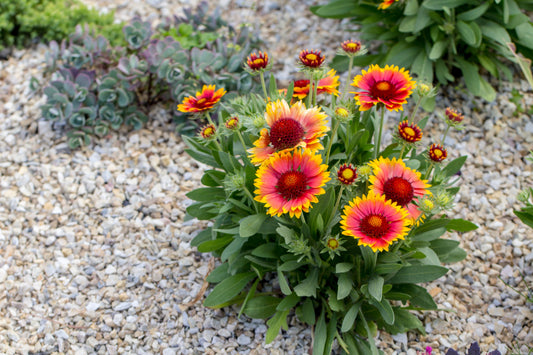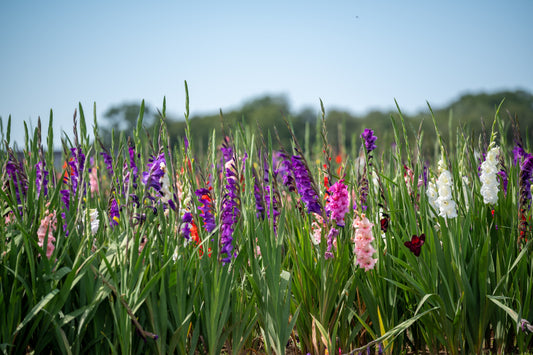Jasmine Planting & Growing Guide
Planting Guide Information
-
Pre-PottedPlanting Depth
-
Species dependentPlanting Proximity
-
SpringPlanting Season
-
Highly fragrant; jasmine vines are a popular choice.Plant Benefits
-
ModerateWater Quantity
-
Late Spring through FallBloom Season
-
Full to Partial SunSunlight Quantity
-
Zones 8-10Hardiness Zones
Additional Growing Information
Where to Plant
While Jasmine is relatively easy to grow, plenty of sunlight and well-drained soil are what makes them happiest. If you notice puddles of water 5–6 hours after a hard rain, scout out another site or amend the soil with organic material to raise the level 2–3 inches. Jasmine plants fancy a place with full day sun or lightly filtered sunshine.
When to Plant
Your pre-potted Jasmine can be planted anytime between June and November, as they bloom in the spring and fall. Contrary to popular belief, Jasmine can be deciduous, dropping their leaves in the colder months, or stay evergreen depending on climate and variety. While it grows best in zones 9–10, certain cold-hardy varieties can tolerate climates down to zone 6. In colder regions, Jasmine can also be grown in containers and enjoyed indoors during the winter.
How to Plant
- For outdoor landscape planting, find a spot where the soil drains well, and your Jasmine will receive full sun or lightly filtered sunshine. Dig a hole and situate the plant so the pot's soil is level with that in your bed. Tuck your Jasmine plant in and tamp down the surrounding soil to remove any air pockets.
- For container planting, start with a container large enough to accommodate the mature plant, and fill with a well-draining commercial potting soil. Site your container in the full-day or lightly filtered sun and plant the Jasmine at the same depth as the nursery pot it came in. Tamp down the surrounding soil to remove any air pockets.
- Water thoroughly after planting to soak the soil and settle it around the root ball.
How to Grow
- Water as needed during active growth periods, supplying about 1–1.5" of moisture per week, and perhaps a bit more during the first season as they settle in. If Mother Nature provides plenty of water, you can skip watering at times.
- Provide support such as stakes, trellises, or fences for the plants to climb.
- Fertilize lightly during active growth periods.
- Ease back on fertilizer after flowering has finished for the season and avoid pruning your Jasmine after early August to keep from snipping off future flower buds.
- Water sparingly during the winter, allowing your plant to rest for a few months before beginning its next growing cycle in the spring.
Jasmine Tips & Tricks
- Pinch the branch tips as your Jasmine plants gain size to help shape and encourage fullness.
- Enjoy the scented flowers, and feel free to snip small branches to bring indoors. You can also pinch a few blossoms and float them in a low bowl to add fragrance to a summer patio candlelight dinner.
- Add compost or decomposed manure to the surrounding soil to provide extra nutrients for these fast-growing plants.
- Wait until the soil warms before planting outdoors, as Jasmine plants develop faster in warm soil.
- Amend the soil with organic material to raise the level 2–3" to improve the drainage as needed. Compost, finely ground bark, or decomposed manure all work well and are widely available.
From the Family
-
 Sold out
Sold outJasmine - Officinale Hardy
1 Plant in a Quart PotRegular price $29.97Sale price $29.97 Regular priceUnit price per$39.95Sold out -
 Sold out
Sold outJasmine - Winter Yellow 2 Pack
2 Plants in Quart PotsRegular price $22.98Sale price $22.98 Regular priceUnit price per$45.95Sold out -
 Sold out
Sold outJasmine - Sambac Maid of Orleans
2 Plants in Quart PotsRegular price $29.97Sale price $29.97 Regular priceUnit price per$39.95Sold out -
Jasmine - Stephanotis Madagascar 2 Pack
2 Plants in Quart PotsRegular price $29.97Sale price $29.97 Regular priceUnit price per$39.95Sold out







